The best formula for baby: A guide for New Zealand & Australian Parents
If you have arrived on this page it means you are a New Zealand or Australian parent trying to buy the best baby formula you can for your baby. I am here to help you because we all want to provide the best nutrition we can for our babies.
The baby formula information in this post may be applicable and useful for other parts of the world, but please note every country has different regulations, some of which aren't as strict as AU/NZ.
My background when it comes to baby formula
- I’m a mum of four children, and I have breastfed and used baby formula.
- I have completed 5 years University training in the area of Human Nutrition and Clinical Dietetics worked for 10 years as a Dietitian
- I have been employed by 2 large medical nutrition companies that manufacture infant formula
When I look at a can of infant formula and read the label, to me it makes sense.
BUT I know that that isn’t the case for everyone. So that’s why I have put together a number of articles on the topic
The articles will not tell you which specific formula to choose, but it will hopefully give you the information you need to make a decision and feel confident about it.
In New Zealand, there is a scarcity of information available to parents around infant formula. My articles on baby formula are NOT to debate the benefits for and against breastfeeding and formula feeding. There are plenty of articles written on that topic. My articles on baby formula are written for parents who need the information.
Which is the best baby formula?

Infant formula manufacture is highly regulated in New Zealand and Australia. Infant formula fall under the food standards code which is directed by Food Standards Australia New Zealand (FSANZ). More specifically code 2.9.1 Infant Formula Product is the legislation for infant formula products.
This code dictates the compositional requirements for infant formula, ie what the nutritional profile must be, what ingredients must, or must not be included and the labelling and packaging requirements.
To be sold in New Zealand all infant formula must meet this food code.
The code is very rigid, which means all infant formula sold in New Zealand have a pretty similar nutrition profile, all will meet the nutritional needs of babies.
This means all the infant formula sold in New Zealand and Australia are GOOD. That’s right, ALL OF THEM ARE GOOD!
I can almost hear you asking the question: well, if you say they are ALL GOOD and they all have the same nutritional profile then why on earth are there so many different types?
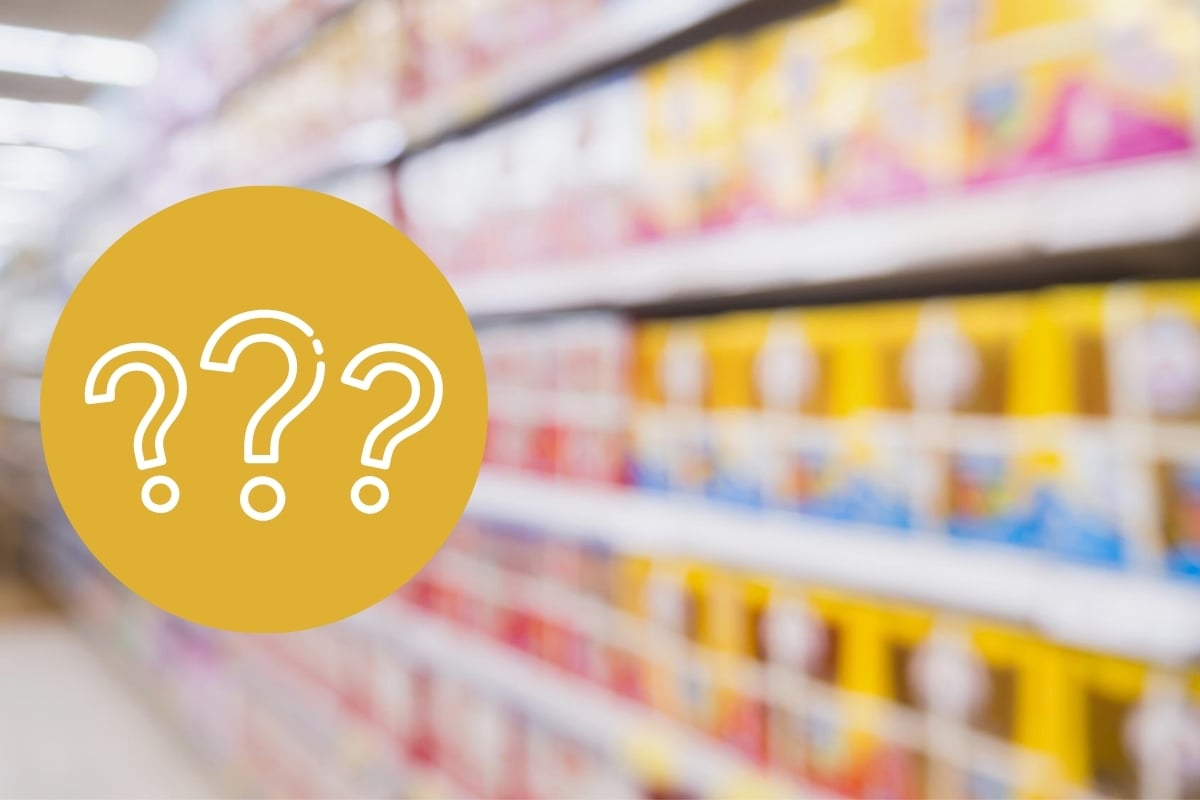
What is the best type of baby formula?
Although pretty similar in nutritional profile (Energy content, protein content, vitamin and mineral content.) There are a number of different types. I am sure you have seen the vast array on the shelves
I just want to re-iterate from above. There are many different types of baby formula for sale in New Zealand and Australia. ALL OF THEM ARE GOOD.
Different types of formulas may suit different babies and parents, but no matter which formula you select from the supermarket or pharmacy shelf, all baby formulas for sale in New Zealand and Australia from reputable retailers are good.
They are all great alternatives to breast milk when breast milk is not an option for your baby.
One of the biggest differences between the various types of formula is the protein source used.
Cow’s milk baby formula is the most commonly used and widely available infant formula within New Zealand and Australia. Most babies tolerate a cow’s milk formula.
Casein dominant vs whey dominant baby formula
Cow’s milk formula is usually labeled as either casein dominant or whey dominant. This means that the formula either has more casein or more whey.
Let me explain the difference between casein and whey in what I hope is a simple way. Cow’s milk is made up of two different types of protein: casein and whey.
If you have ever added acid such as lemon juice to cow’s milk you will have seen these two protein types. Casein is the curd, or the lumpy part, while whey is the watery bit.
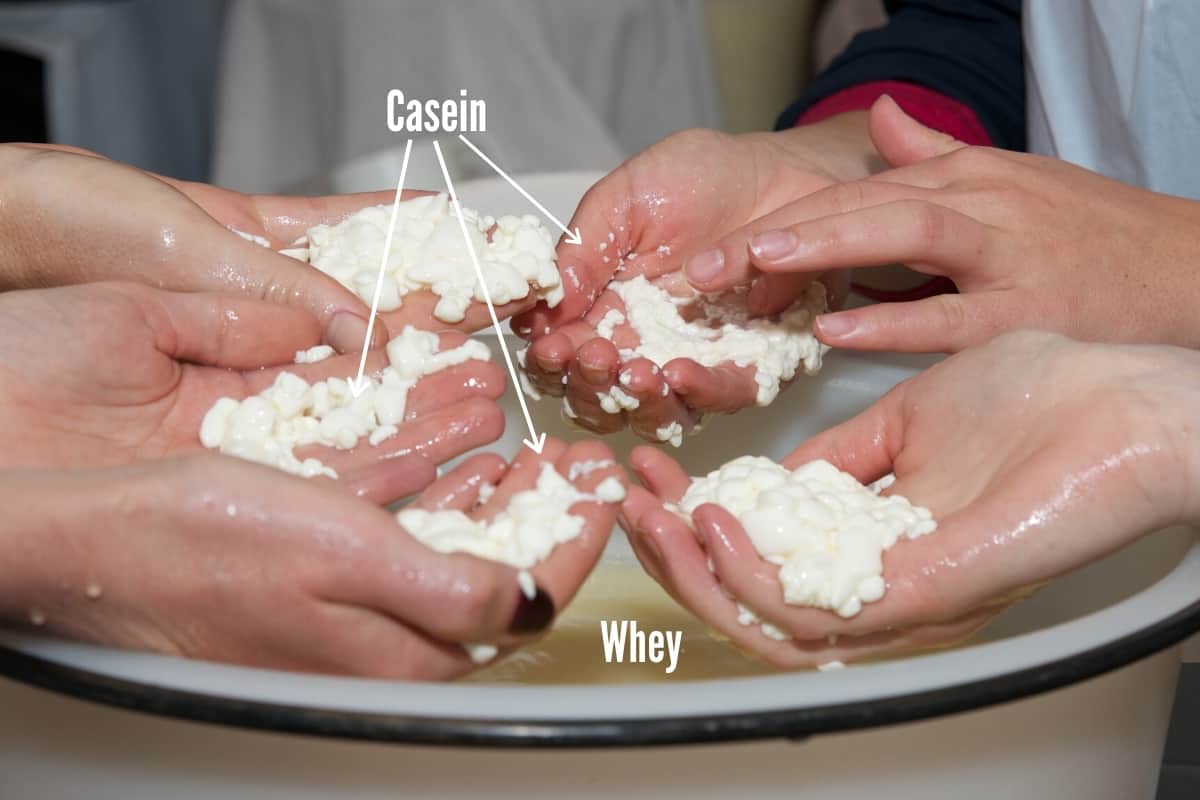
Whey protein is more easily and quickly digested, while casein takes a bit longer. This makes sense when you look at the physical difference between curds and whey.
Casein and Whey in Breast Milk
The proteins in breast milk are also casein or whey. Breast milk has what we call a dynamic nutrient profile; it changes over time. It can be different from mum to mum, and even varies depending on the time of day.
It is generally considered that the protein ratio of breast milk starts off as very whey dominant in the first few days, then settles to approximately 40% casein and 60% whey when your mature milk comes in. Then over time the casein content gradually increases so an older baby might be having breast milk that may have a ratio of 50:50, or 60:40 casein to whey.
As well as listing whether cow’s milk formula is either casein or whey dominant, the label should state the percentage of protein that is casein or whey. If they don’t you can contact the manufacturer directly to ask, they will have this information. Often stage one formulas are whey dominant, and stage two formulas are casein dominant (mimicking the changes that happen with breast milk) but this is not always the case.
Goat’s milk formula and Sheep’s milk formula
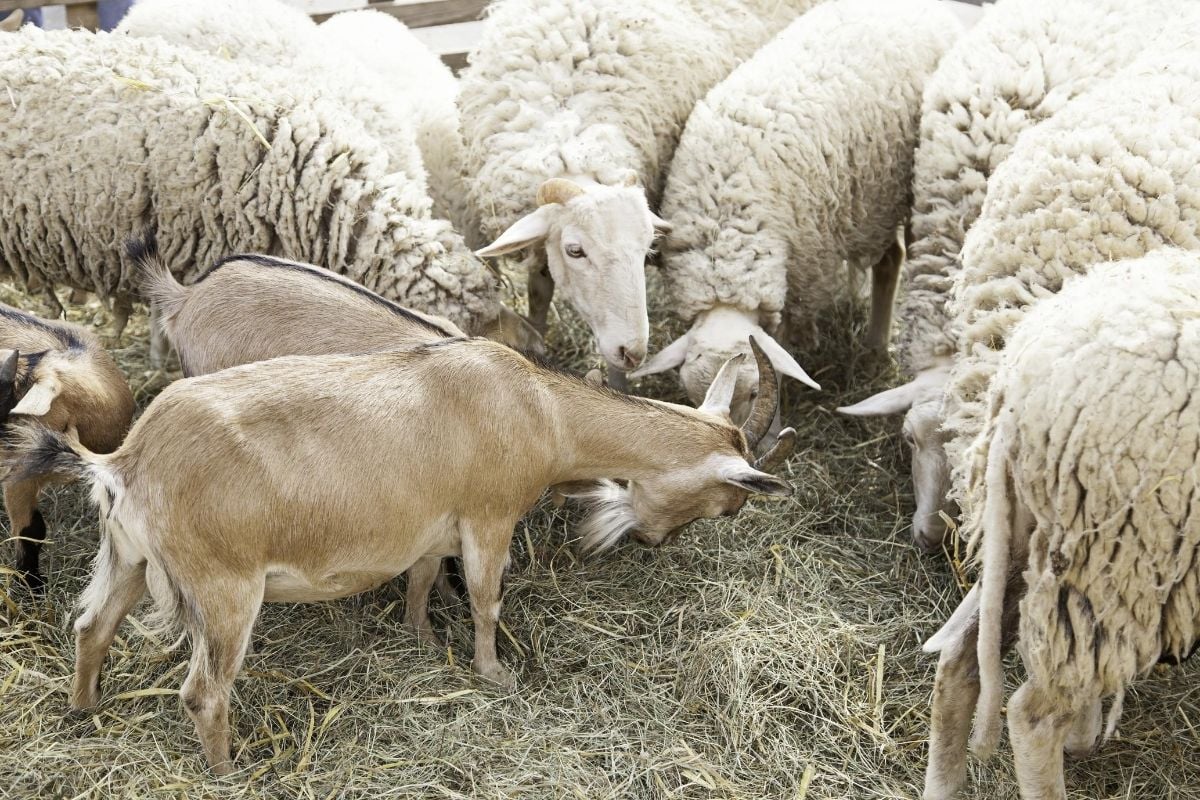
Goat’s/Sheep’s milk formula is an alternative to cow’s milk formula. I hear many people say “goat’s milk is gentler on little tummies”. Understanding what this means involves a bit of biochemistry. As I mentioned above, cow’s milk and breast milk contain casein and whey proteins. The story gets a little more complicated when you bring goat or sheep milk into the mix.
There are in fact two different types of casein, alpha and beta. Breast milk contains beta-casein, while cow’s milk contains alpha casein (unless it’s A2 milk). Beta casein is more easily digested than alpha casein. Goat’s milk contains predominately beta-casein like breast milk.
However, some of these formulas, even for stage one, are casein dominant and can be overall harder to digest despite containing more beta casein like breastmilk. Whey remains the most easily digested protein overall, and being whey dominant makes it closer to breastmilk overall.
As with all formula for sale in New Zealand, goats milk formula and sheeps milk will be of good quality, and will have all the nutrients your baby requires to thrive. If goat’s milk formula or sheep milk formula works for your baby and you, then it is a good formula choice.
Allergy and sheep or goats milk formula
According to most health care professionals and the latest clinical guidelines, goat’s milk and sheep's milk is not a suitable alternative for babies with cow’s milk protein allergy.
Many children who react to cow’s milk protein will also react to goat’s/sheep's milk protein. In fact, I remember listening to a presentation one day by a leading paediatric allergist Dr Jan Sinclair, whose comment about goat’s milk and cow’s milk in terms of allergy has always stuck with me. She said basically all mammalian milks are so similar in composition/allergenicity that none of them would be acceptable as an alternative for a child with cow’s milk protein allergy. Her only exception was camel milk. Unfortunately, however, camel milk infant formula is not readily available, or at least not in New Zealand. A new business opportunity for someone perhaps?
If you are looking for information about formula for babies with cow’s milk allergy I hace a comprehensive article on hypoallergenic baby formula
Soy baby formula

Soy formulas use soya bean as a protein source, offering a vegetarian alternative to milk which may suit some families. In addition, as soy is naturally lactose free it offers a lactose free option for parents and babies if needed.
Allergy and soy formula
Although soy formula is cow’s milk protein free, some guidelines on the management of cow’s milk protein allergy do not recommend soy as ?rst choice alternative for cow’s milk allergy in babies under six months of age. If you suspect cow’s milk protein allergy in your child, it is generally best to seek advice from a health care professional before making decisions regarding which formula to use. As with all formula for sale in New Zealand and Australia, soy formula will be of good quality, and will have all the nutrients your baby will require to thrive. If soy formula works for your baby and you, then it is a good formula choice.
A2 Formula
A2 Formulas, much like the goat discussion above are formulas where the casein portion is from beta casein only (specifically the A2 beta-casein). They are relatively new to the market and still contain all the nutrition your baby needs. Whilst, beta casein is more easily digested than alpha casein, whey protein is still the most easily digestible part of the protein for young babies.
Reflux infant formula
Formulas designed to help with reflux are often labelled A.R (Anti Reflux) or just Reflux. They are essentially formulas that contain thickeners and are designed to stay in the stomach, reducing regurgitation.
Different A.R formulas on the market contain different thickeners. The more modern thickeners are designed to be slightly thick in the mouth and then thicken further in the stomach. If you suspect your baby has reflux, I would strongly suggest you seek medical advice for diagnosis and a management plan before starting to use a thickened formula on your own. There can be underlying reasons for reflux that require more treatment than a thickened formula.
Constipation and reflux formula
I often hear mums who are using A.R. formula complain that this has led to constipation in their babies. This is likely due to the most common A.R formulas in New Zealand previously being casein protein dominant, up to 80% casein, as well as higher overall protein.
Newer formulations have adjusted the protein back to 60% whey:40% casein (like breastmilk) and have lowered the overall protein amount to meet new recommendations/guidelines, but do check each tin. There have been some small studies on A.R and constipation, but they showed no conclusive link.
There are also new products on the market which are feed thickeners alone. These can be added to your usual formula to thicken it like an A.R. but keep everything else baby is used to.
Whenever you are starting a new product like A.R or a thickener be prepared for baby’s bowel motions to change. They can cause diarrhoea initially until those first two weeks of settling are complete. Keep track of your baby’s bowel movements and if you are worried speak to your health professional.
Save This Recipe!
Lactose free infant formula
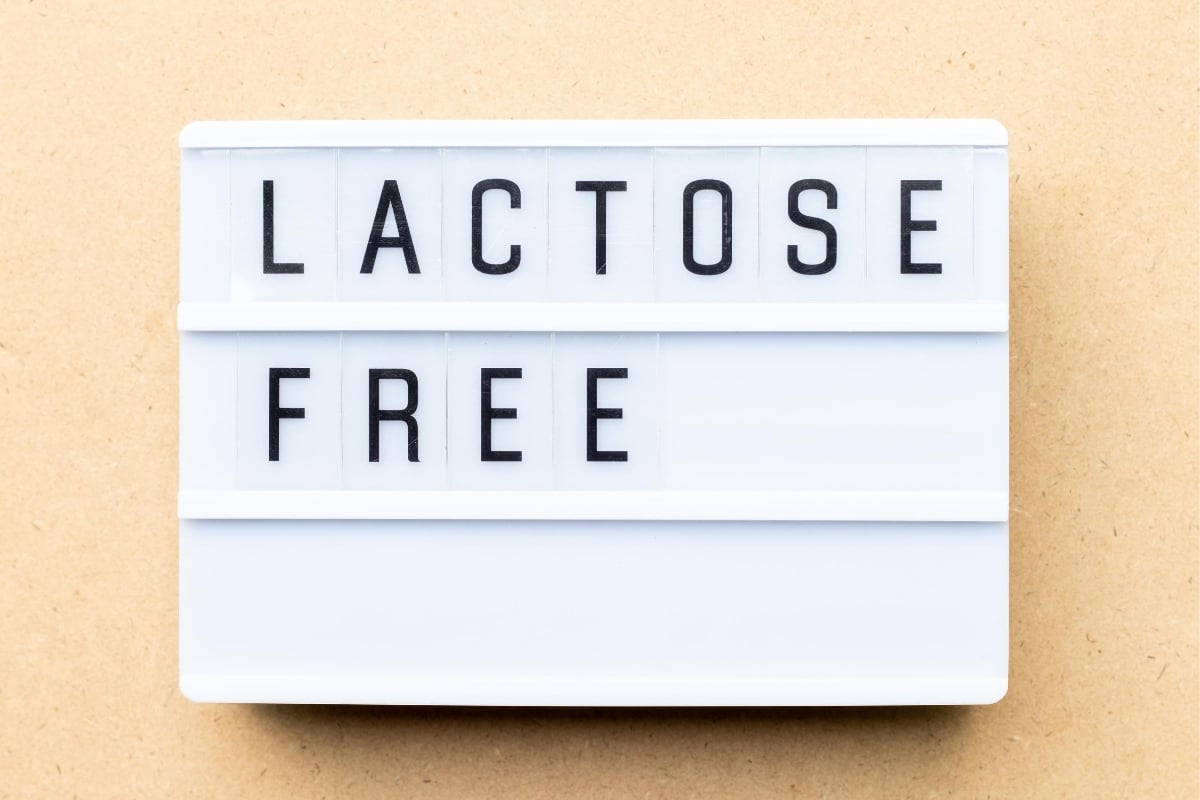
Lactose is the naturally occurring carbohydrate found in both breast milk and cow’s milk. It is a fancy word for animal sugar and is found in all mammal milks. Lactose free formulas are typically cow’s milk formula that have had the lactose removed and replaced with an alternative carbohydrate source. They are often labelled as Lactose Free, L.I, De-Lact or Comfort.
Lactose free formulas are an option for formula-fed infants with lactose intolerance (lifelong or genetic lactose intolerance is very rare in babies). As mentioned above, soy formula is another lactose free option.
A lactose free formula is not an appropriate treatment for cow’s milk protein allergy. For this reason, if you suspect either cow’s milk or lactose intolerance in your baby, please seek medical advice before starting specialised formula. There can be some cross over with the presenting symptoms so an accurate diagnosis is best.
If you suspect your baby has lactose intolerance you can read about more here (hyperlink to Lactose Article) and please seek a medical diagnosis before starting a lactose-free formula.
Hydrolysed formula
This formula is often labelled as Sensitive, HA, Allergy or may be hidden under titles like Colic, Constipation or Supreme. Hydrolysed formula refers to a group of baby formulas where the protein source (most often cow’s milk protein) has been broken down to make the protein chains shorter. This is done for reasons relating to both allergy and digestion. If you imagine protein chains as being like long necklaces made up of beads (the amino acids), hydrolysed formulas have protein chains which are shorter than the original long necklace.
There are two categories of hydrolysed formula, partially hydrolysed and extensively hydrolysed (the degree of hydrolysation will be described on the label).
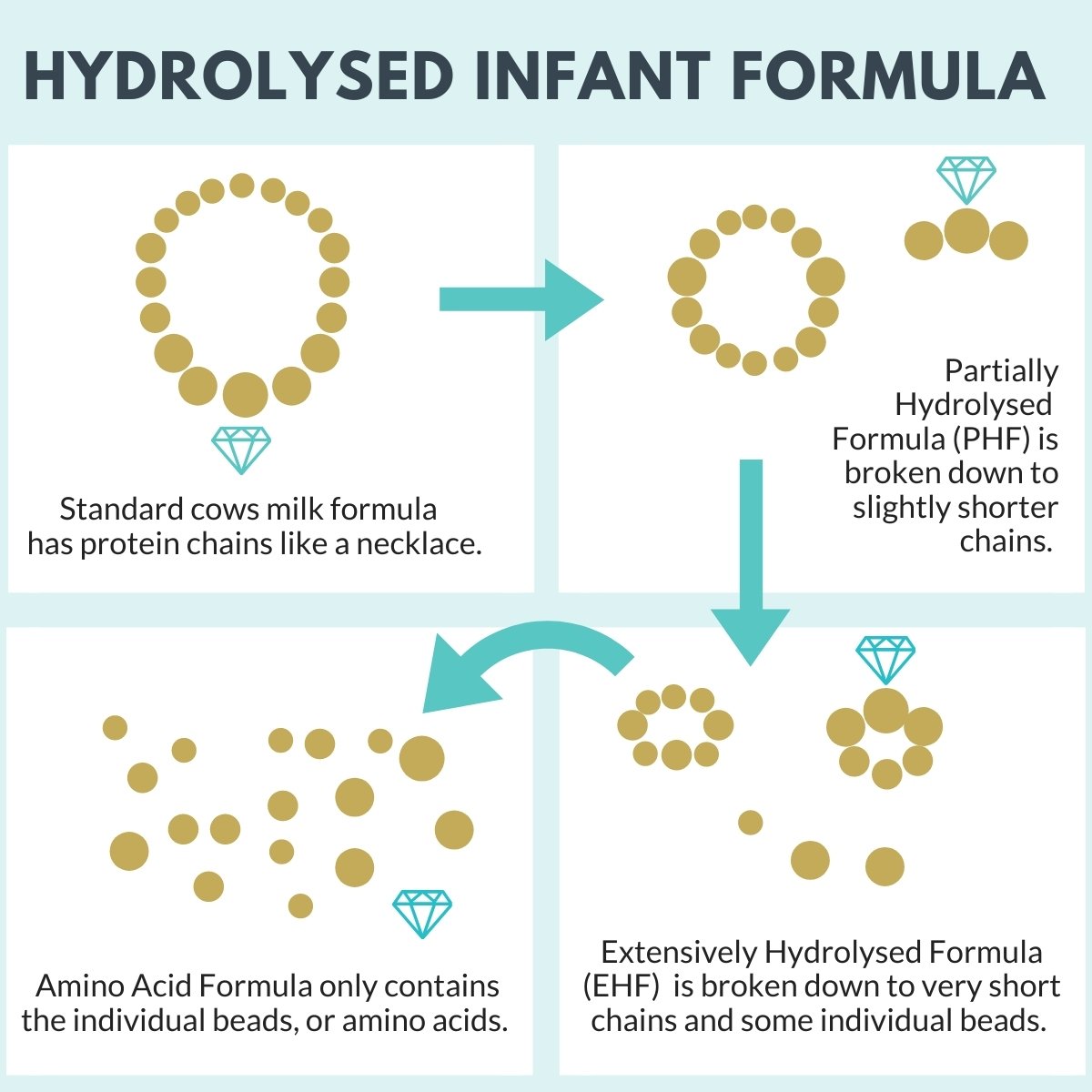
Partially hydrolysed formula
If we think back to our long necklace analogy, then Partially Hydrolysed Formulas have protein chains that are a bit shorter than the original. So instead of a full-length necklace the protein chains may be equivalent to a short choker style necklace.
Partially hydrolysed infant formulas are marketed to be gentler on your baby’s digestive system as the protein chains are shorter and therefore require less digestion. They were initially designed to be used if there was a strong family history of allergy. However, new research now shows this information is outdated and so formula companies can no longer say “helps prevent allergy”. Partially hydrolysed formulas are still available but often labelled as Sensitive, HA or words like Colic/Constipation. They can be helpful for babies with constipation or digestive issues in the early weeks.
If your baby already has developed an allergy to cow’s milk protein, then a partially hydrolysed formula is not considered to be a suitable treatment option. The protein chain lengths are still long enough to cause a reaction.
Extensively Hydrolysed and Amino Acid Formula
As you can see from the image above Extensively Hydrolysed Formulas and Amino Acid Formula are far more broken down than partially hydrolysed formula. Both Extensively hydrolysed formula and Amino Acid Formula can be used as treatment options for cow's milk protein allergy.
You can read about cow’s milk protein allergy and suitable formulas in more depth here hypoallergenic formula
Colic or Constipation formula
These are relatively new on the market and usually fall under the partially hydrolysed formula category. They not only have partially broken down protein (usually cow’s milk) but they can also contain a slightly different fat blend which can help keep baby’s poos soft and moving through. They also have a lowered lactose sugar level which may be helpful for colicky babies. It is always recommended to speak to your healthcare professional if you suspect your baby has colic or constipation as these symptoms can be linked to other dietary issues.
Should I be using gold or standard infant formula?
As I have said, due to the robustness of the infant formula regulations in New Zealand, all infant formula available is good formula. Standard infant formula contains all the nutrients in the amounts that the infant formula regulations specify. Therefore, standard infant formula will be nutritionally complete and balanced.
Gold infant formula contains all of the nutrients in the amounts that the infant formula regulations specify, and contain extra ingredients that the regulations state may be added. Therefore, gold infant formula will be nutritionally complete and balanced but may provide additional benefits. I have a comprehensive article on gold vs standard baby formula that will take you through the differences.
Always remember to read the tin and look for words like DHA, ARA, FOS, GOS, prebiotics, probiotics etc. as these are additional to a standard formula and may not always be written clearly on the front.
What isn’t necessarily the best formula for your baby
The most expensive formula on the shelf
Price has no bearing on whether a formula is good or not. All formulas must meet the same regulations to be sold in New Zealand and will be good choices if breast milk is not an option. Choose a formula that fits your budget. For example, goats produce less milk per animal versus cows so this often makes milk more expensive to buy, not necessarily better.
The formula your best friend swears by
It may have suited her and her baby, but it may not suit you, and your baby.
The formula you think smells and or tastes the best
Have you ever smelt a bottle of multi vitamins? It has a very distinctive odour. Infant formula is packed full of all sort of vitamins and minerals; it is these nutrients that give infant formula its distinctive smell. This is not a bad thing and your baby will more than likely find it completely acceptable. Your baby also has very different taste perception to you – just because you don’t find it delicious does not mean your baby will not be completely happy to drink it.
A can of formula past its use-by date or that has been open for too long
Infant formula have use-by dates for a reason. Please follow them and discard any formula that is past its use-by date. Infant formula will have a guideline on the can telling you how long after the can has been opened that it will remain safe for use (usually 4 weeks). Please follow the guideline on your specific tin, it can be a little difficult to find.
Over time the nutrients in infant formula can degrade. Infant formula is as contaminant free as possible until opened. Usually the oxygen is removed and replaced by another gas to help prevent bacteria from growing. No formula can be considered sterile, and once opened contaminants can enter. Every time you open and close the lid and use the scoop there is a chance the formula could pick up contaminants. It is for this reason formula should be discarded after a certain amount of time. When you open the can, write the date on the lid so you know how long it has been open for.
The formula your hospital stocks
These are usually on rotation as many hospitals do not wish to show preference to one brand over another, so one week they may have one formula on hand, the next week it may be a different brand.
A non-commercial infant formula
If it has not been through rigorous testing and does not meet the nutritional parameters set out by the infant formula regulations, it is not going to be a good choice as a sole source of nutrition for your baby.
In conclusion: you should feel secure in the knowledge that all formula sold within New Zealand will be of good quality and will contain the nutrients your baby needs. You will find different types that will suit different families and different babies, but you will not find a bad formula for sale at a reputable retailer in New Zealand.
Further reading
If you are after more information on specific baby formula types these articles may be useful
- Hypoallergenic baby formula for babies with cows milk allergy
- Gold vs Standard baby formula what is the difference?
If you will be bottle feeding your baby with either formula or breastmilk I urge you to read a little about paced bottle feeding. This technique, may reduce stress, colic and wind symptoms in bottle fed babies.
About the Authors
This article was originally written by Stacey Kemeys in 2015, Stacey is now a non practicing Dietitian, she continues to run this website My Kids Lick The Bowl.
This article was updated and reviewed in 2020 by both Stacey Kemeys and Alexis Fletcher- Reid.
Alexis is a midwife (BHSc. Mid) and Nutritionist (BSc. Hum Nut, Sprt Sci) who has been working with families for the past 12 years, mostly in the ‘first 1000 days’ space (preconception through to 2 years old). She focuses a lot on breast and bottle feeding, formula, and introducing solids – topics second only to baby sleep! She is also a mother to a one year old and owner of blossom baby.
Both Alexis and Stacey have worked for infant formula companies so are very familiar with the ingredients and formulations of baby formula available in New Zealand and Australia.
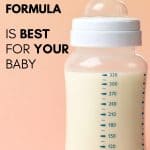
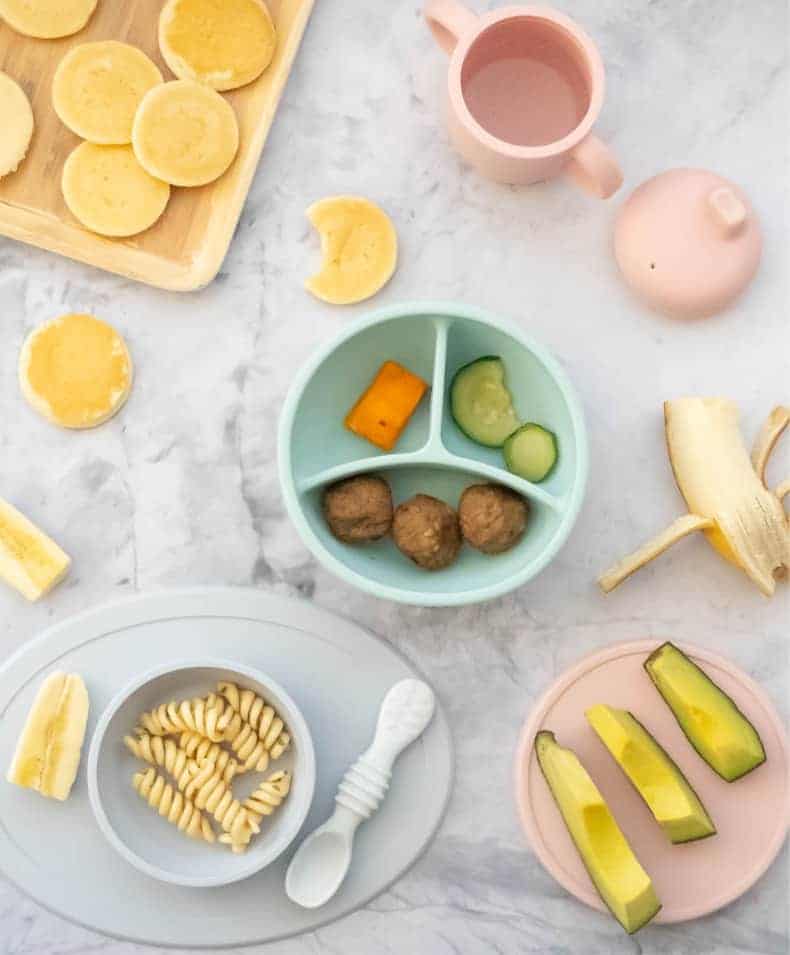
Great informative article, perfect timing with babe #3 on the way, thanks. I'm interested to know how much you would recommend a soy based formula. My sisters baby had a dairy intolerance and they read about the estrogen levels affecting the baby's hormones, especially as he was a boy. I also have a friend who switched to soy milk and her periods stopped! I've had no need to look at alternative milks myself so haven't looked into this, but your opinion would be great!
The Eostrogen content is interesting, I have not updated myself on it recently but will do some further reading, as science and guidelines change so wouldn't want to comment at the moment as the last time I read up on that topic was 5 years ago.
Great article. My first born has a peanut allergy. With allergy known in the family, what formula would you recommend for my next baby?
I would start with asking the doctor looking after your eldest. It's a little bit of a tricky one at the moment as some guidelines are changing. The tricky thing with food allergy is that having a sibling with allergy increases your risk of having a food allergy too, but not necessarily the same one. My understanding (but best to check with your specialist) is that at the moment even for high risk kids they don't recommend eliminating as prevention... but best person to check that with would be your other child's doctor
Hi, I've currently started buying formula for my reflux 14 weeker. We started buying AR but found it thickened up to quickly so he wouldn't finish it so now we buy aptamil gold. What's the difference between normal formula and aptamil?
Thanks
Chantelle
Aptamil is actually a brand name. It gets confusing doesn't it. Here's an article on gold vs normal formula. I hope it helps https://mykidslickthebowl.com/best-baby-formula-gold-or-standard/
Hi there,
I read somewhere it is not necessary to progress to the follow on formulas. Is this correct? Would I be doing my child harm by sticking with the whey 60: casein 40 ratio formulas after the 6-12months?
Thank you
It is not necessary to progress. Your baby will receive enough nutrients from the first formula. However I also see no harm in progressing either. It is personal choice. I have always progressed as the iron content in the follow on formula is higher, but that is my personal choice.